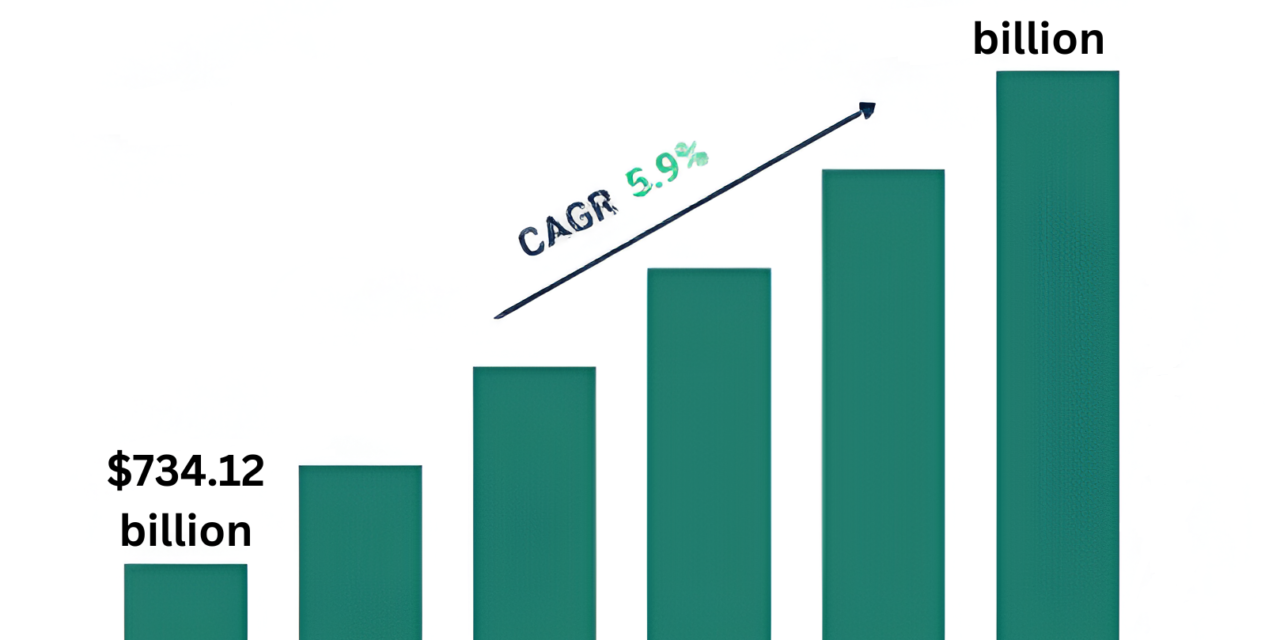The petrochemical industry, a cornerstone of global manufacturing, has experienced significant price volatility in recent years, driven by shifting market dynamics, geopolitical tensions, and the ongoing transition toward sustainability. Petrochemical prices have been heavily influenced by fluctuating crude oil and natural gas prices, as these feedstocks account for a substantial portion of production costs. The post-pandemic recovery saw a surge in demand for petrochemicals, particularly in packaging, automotive, and construction sectors, pushing prices to unprecedented highs. However, economic slowdowns in major markets like China and Europe, coupled with inflationary pressures, have tempered this growth.
A key trend shaping global petrochemical prices is the increasing push for decarbonization and regulatory compliance. Governments worldwide are imposing stricter environmental regulations, leading to higher costs for producers as they invest in cleaner technologies and processes. The shift toward bio-based and recycled feedstocks is also reshaping pricing structures, as these alternatives are often more expensive to produce and scale.
Geopolitical factors, such as the Russia-Ukraine conflict, have disrupted global supply chains, leading to increased logistical costs and regional price disparities. In addition, trade restrictions and tariffs have impacted the flow of petrochemical goods, particularly between major exporting nations and key consumers. This has prompted manufacturers to diversify sourcing strategies and invest in localized production, which could stabilize prices in the long term.
The rise of digitalization and real-time market analytics is also influencing petrochemical pricing. Companies are leveraging AI and machine learning to predict market trends and optimize operations, reducing inefficiencies and enabling better price management. As sustainability and circular economy practices gain momentum, demand for recycled and green petrochemical products is rising, potentially driving up premiums for these environmentally friendly options.
Overall, global petrochemical prices are navigating a complex landscape of economic, environmental, and technological influences. While short-term fluctuations are expected, long-term trends indicate a shift toward more sustainable and resilient pricing mechanisms, as the industry adapts to a rapidly changing global economy.

















